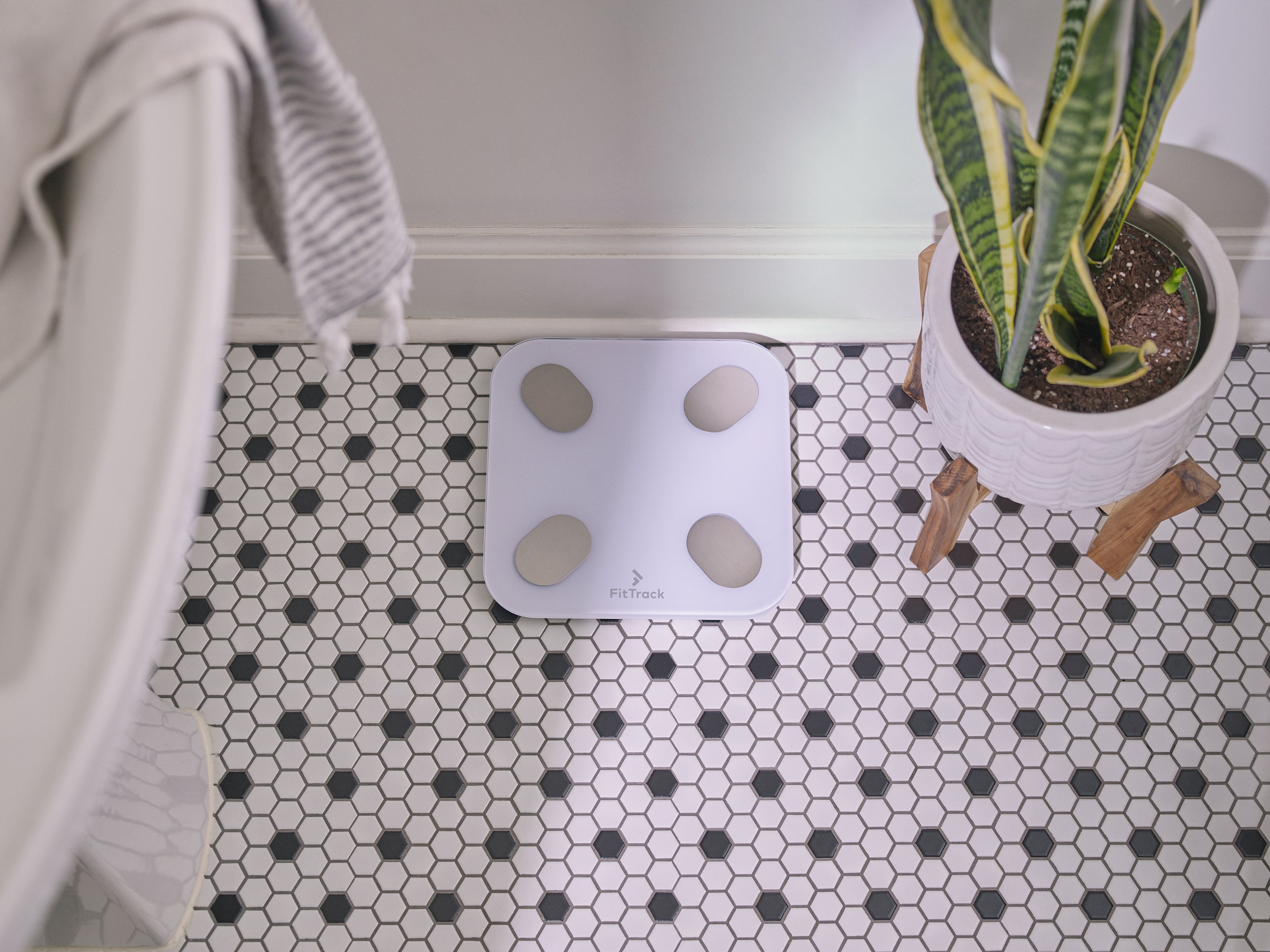When you're at the grocery store, do you find yourself making food choices based on health promises on the front of packages?
If so, beware.
Here's what will usually happen. Let's take "some" cereal brand as an example.
They will fill the box cover with claims about how they have "More whole grain than any other brand!"...
Which, could be true. But then you turn the box, read the label, and find out that they are using a whole host of unhealthy ingredients. Completely canceling the benefits of the whole grains.
If you want to eat healthily, it's a good idea to learn how to read food labels. So here we have:
8 Tips to Read Food Labels Better
➊ Go for NOT having to read food labels whenever possible.
Apples, potatoes, celery, almonds, none of those need an ingredients label — if you know what I mean...
➋ As a "for dummies" rule of thumb, you want to go for ingredients' lists that are short, and with stuff that you can mostly pronounce :)
➌ Look at the serving size.
These are often unrealistically small. If you eat more than what the serving size indicates, you need to multiply all nutritional contents accordingly.
➍ Check the number of servings per package.
A normal bottle of 20-ounce bottle soda — of which you'd drink one or two watching TV — has around 2.5 servings. So, you're really drinking 5 "servings" in those two bottles... Watch out!
➎ Ingredients are listed in order of weight.
So, the first three to five ingredients should all "make sense" to what you expect to be eating.
If you buy e.g. cheese, and the first three ingredients are not something to do with... you know... milk, or cheese, be skeptical.
➏ Check the number of calories per serving, and the calories from fat.
The total number of calories is very important if you're attempting to control your weight. The calories from fat are less important. Much more important is the type of fat. You don't want it to come from trans fat.
➐ Check the carbohydrate and fibre content.
Unfortunately, current rules do not require labels to distinguish whole grains from processed grains. The label does give information on dietary fibre. As a rule of thumb, aim for foods that have 5 g of fibre per serving, or at least one gram of fibre for every 10 grams of carbohydrate







